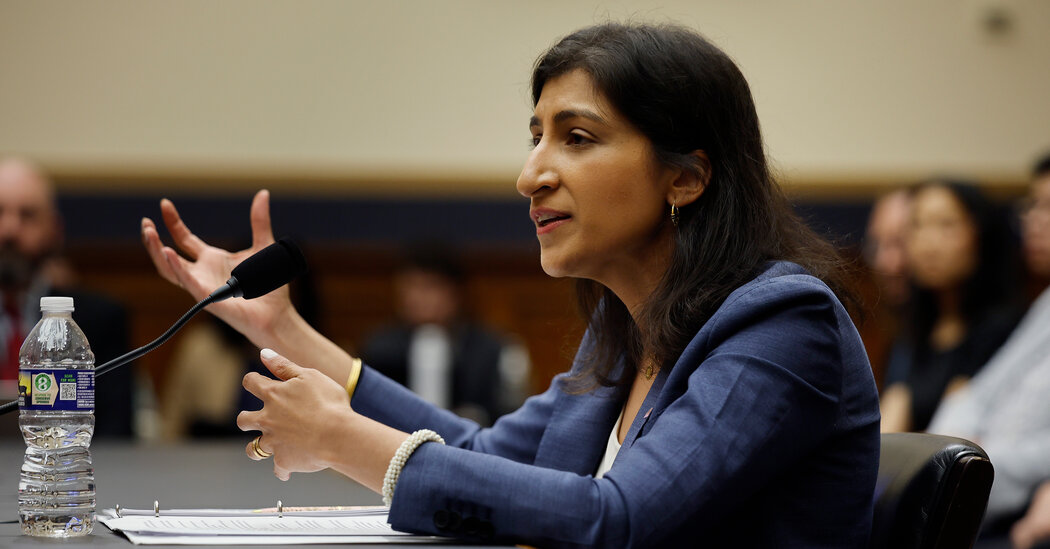The News
A growing share of abortions is now being administered through telemedicine, with clinicians prescribing mail-order abortion pills after online consultations, according to the first nationwide count of telehealth abortions in the U.S. medical system. At least one in six abortions, around 14,000 a month, was conducted via telehealth from July through September, the most recent months with available data.
How It Works
Pills are prescribed by virtual-only providers and by clinics that also offer in-person services. Patients fill out an online questionnaire or meet with a clinician via video or text chat. This method began nationwide in 2020, when the Food and Drug Administration began allowing abortion providers to mail pills without an in-clinic visit during the pandemic.
Some of the prescriptions included in the new count were given to patients in states where abortion is banned, a new development made possible by shield laws. These laws protect clinicians in states where abortion is legal when they prescribe and mail pills to patients in states where it is not. Shield laws were in effect in Colorado, Massachusetts, New York, Vermont and Washington during the period covered by the new data, and California has since passed one.
Why It Matters
The growth of telemedicine abortion has made it easier and often less expensive for women to get abortions, particularly if they live far from an abortion clinic or in one of the roughly one-third of states that have banned or substantially restricted abortions since the Supreme Court’s Dobbs decision in 2022.
Activists, legislators and prosecutors in the states with bans are working to stem the flow of these mail-order pills. But they have so far proven hard to regulate.
The new data, from WeCount, a research group that collects abortion numbers from providers nationwide and supports abortion rights, suggests that the overall number of abortions provided by clinicians in the United States is slightly higher now than it was before the Dobbs decision.
Part of the reason that the total number of abortions hasn’t declined is that some women who live in states with abortion bans are traveling to clinics in other states or ordering pills from out-of-state providers. Research also suggests that more women are getting abortions in states where it has always been legal, because of increased financial and logistical assistance, a surge of publicity about ways to get abortions, and the expansion of telehealth.
An Upshot analysis of the WeCount data suggests that there were, on average, around 3.5 percent more abortions per month in the United States from July through September than in the two months before the Dobbs decision.
“The attention that everyone has been paying to abortion since June 2022 has really spiked public knowledge of all the issues around abortion, in particular abortion pills,” said David S. Cohen, a law professor at Drexel University. “A lot of people are getting abortions who might not have otherwise.”
What We Don’t Know
WeCount did not report the number of telehealth abortions provided under shield laws, because of agreements with some of the providers that gave them data. But the largest such provider, Aid Access, shipped roughly 5,000 prescriptions a month from July through September, said Abigail Aiken, an associate professor of public affairs at the University of Texas at Austin, who studies the effects of abortion restrictions.
There are several other smaller providers that operate this way, so the total number of abortions under shield laws was somewhat higher.
Also unknown is how many abortions are happening with pills purchased outside the U.S. medical system, including from overseas providers. While demand for this service has probably shrunk since shield laws were passed, some people are still ordering pills this way, Professor Aiken said.
Finally, researchers do not know how many women in states with bans who wanted an abortion but could not access one have carried their pregnancies to term. But recent research has found increases in birthrates in states after they banned abortions.







